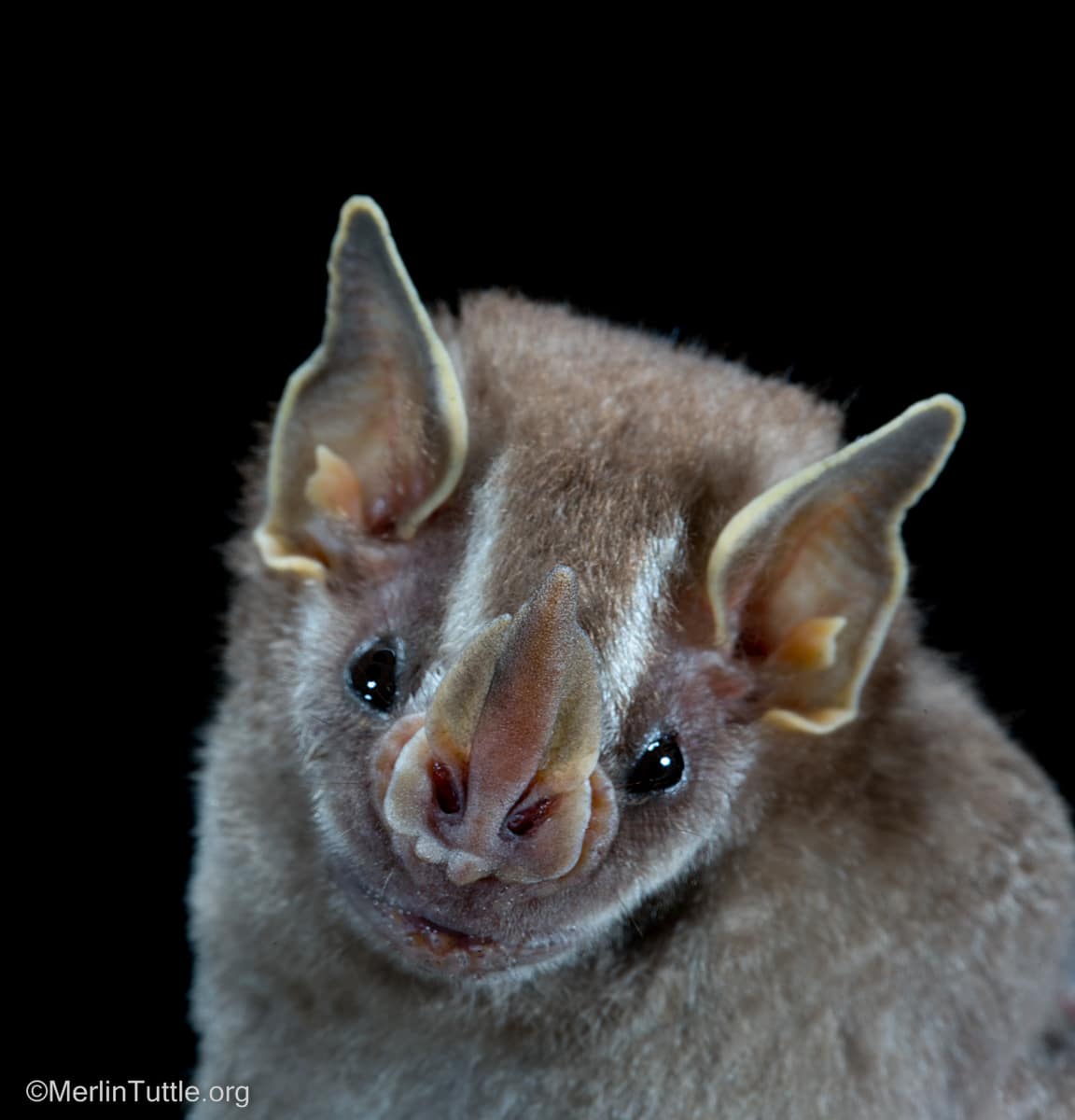
A pygmy fruit-eating bat (Artibeus phaeotis) in Panama.
For over 60 years, Dr. Merlin Tuttle has been changing the public’s perception of a misunderstood mammal. By dedicating his life to the conservation of bats, Dr. Tuttle has helped ensure that these vital keepers of our ecosystem are thriving. As a bat biologist and photographer, he uses scientific research as well as visual materials to deepen our understanding of these animals. One of his most intriguing series is his set of bat portraits, which reveal the diversity and personality of these mammals.
There are over 1,400 bat species worldwide, making up one-fifth of the world’s mammal species. These bats have an important role to play in keeping insect populations under control and in both pollinating and carrying seeds for plants. Yet, many people are fearful of these animals due to common misconceptions. This is where Dr. Tuttle and the work of his foundation, Merlin Tuttle’s Bat Conservation, come into play.
“Fear is the biggest risk to bats,” Dr. Tuttle tells My Modern Met. “People won’t protect and often kill what they don’t understand or fear; one misinformed person can do a lot of damage, and all it takes is one person to kill a million bats in a cave! Educating humans is one of the best ways to help bats.”
Dr. Tuttle’s bat portraits are just one way that he helps break down the negative perceptions that many have of bats. By letting their sweet personalities shine through, he helps the public perceive them in a different light.
“My portraits illustrate the bats in their natural state as gentle, inquisitive, and cute and show the range of diversity. People fear what they misunderstand. Bats are most often unseen, so these photos help people understand bats—it’s the understanding that dissolves fear and then allows them to get curious.”
The images also show the rich diversity of bat species. Whether they have large ears or a stubby nose, each bat is wholly unique with the features that have developed in synchronicity with their habitat.
But for as much work as Dr. Tuttle has done, unfortunately, bats are still in danger. Many still falsely believe that bats are responsible for carrying infectious diseases but, as Dr. Tuttle shares, they carry no more diseases than other animals. This false myth leads to eradication that can be harmful to the environment.
These programs, coupled with habitat loss and climate change, can have dire consequences. If bats are not around to control pest populations, more pesticides are used on crops; mosquito-borne diseases like the West Nile virus and Malaria can increase as a result.
So the next time you see a bat, you should thank this small mammal. Or, better yet, build a bat house to help give this flying friend a safe haven.
Dr. Merlin Tuttle has spent over 60 years educating the public about the importance of bats.
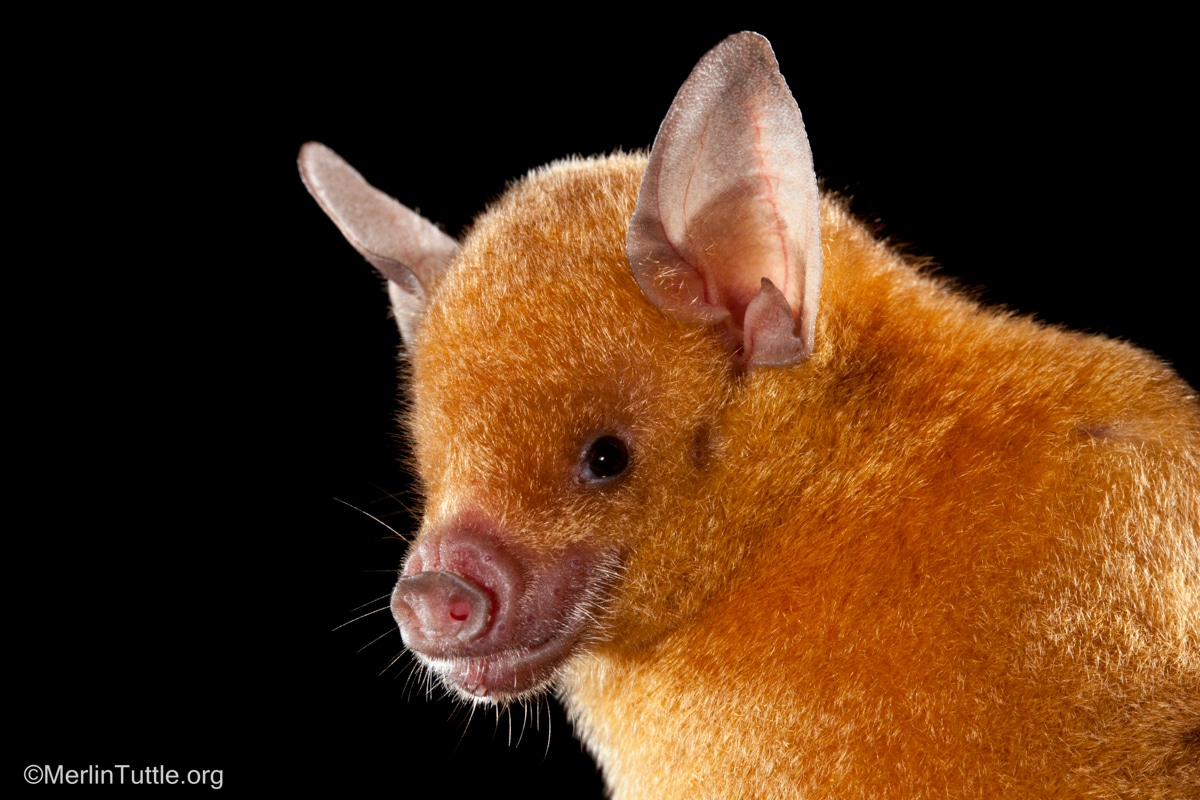
The Cuban flower bat (Phyllonycteris poeyi), Phyllonycteris poeyi, is endemic to Cuba. It forms large colonies in caves with up to a million or more in single caves. These bats feed on nectar, pollen, fruit and insects.
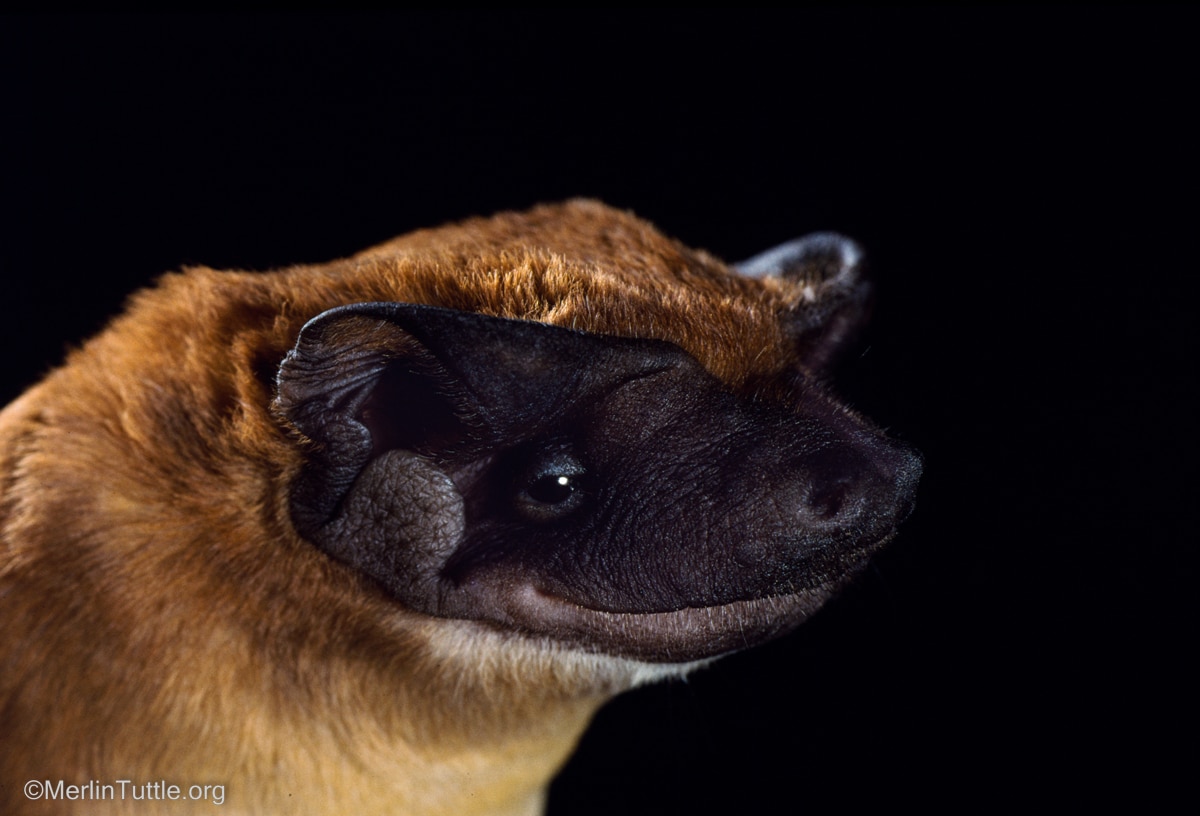
An adult female dwarf bonneted bat (Eumops bonariensis) from Venezuela.

A portrait of a ghost bat (Macroderma gigas) in Australia in 1998.
Dr. Tuttle is a skilled photographer as well as a bat biologist and often takes portraits of these mammals.

A dwarf dog-faced bat (Molossops temminckii) from Paraguay.
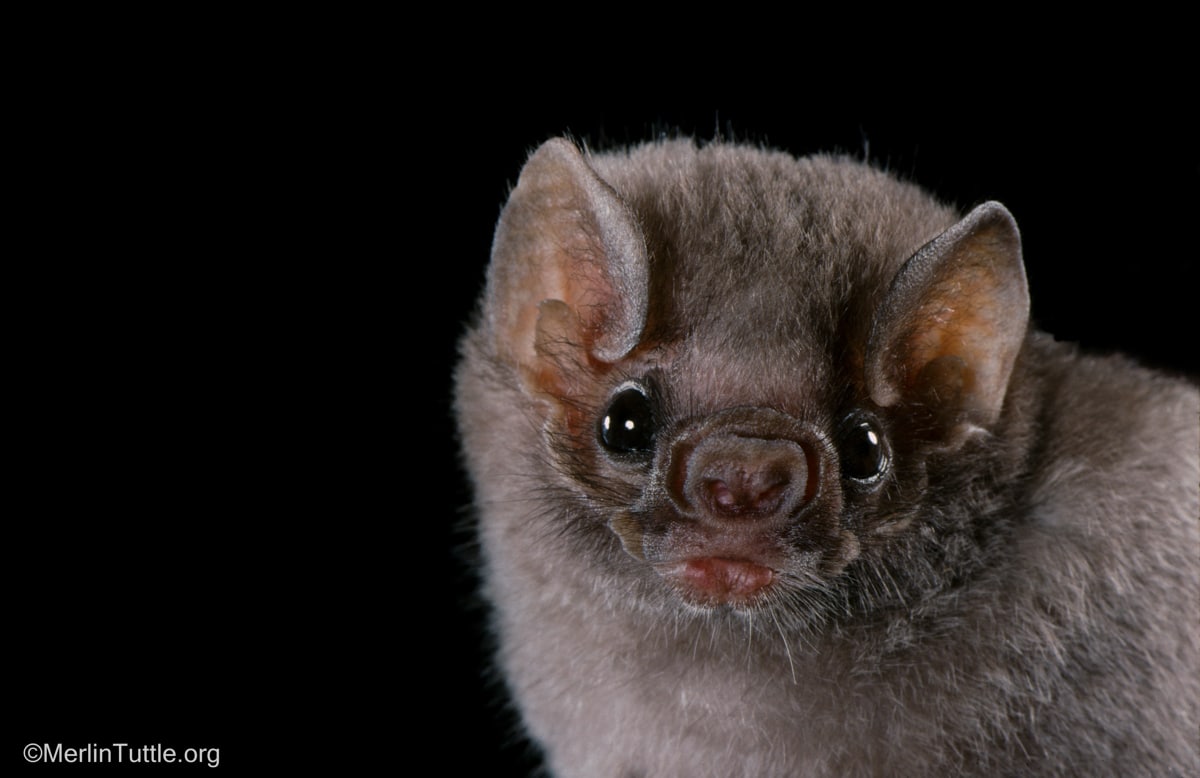
Hairy-legged vampire bat (Diphylla ecaudata) from Mexico. This species does not cause problems for people or for livestock. It feeds almost exclusively on the blood of birds.
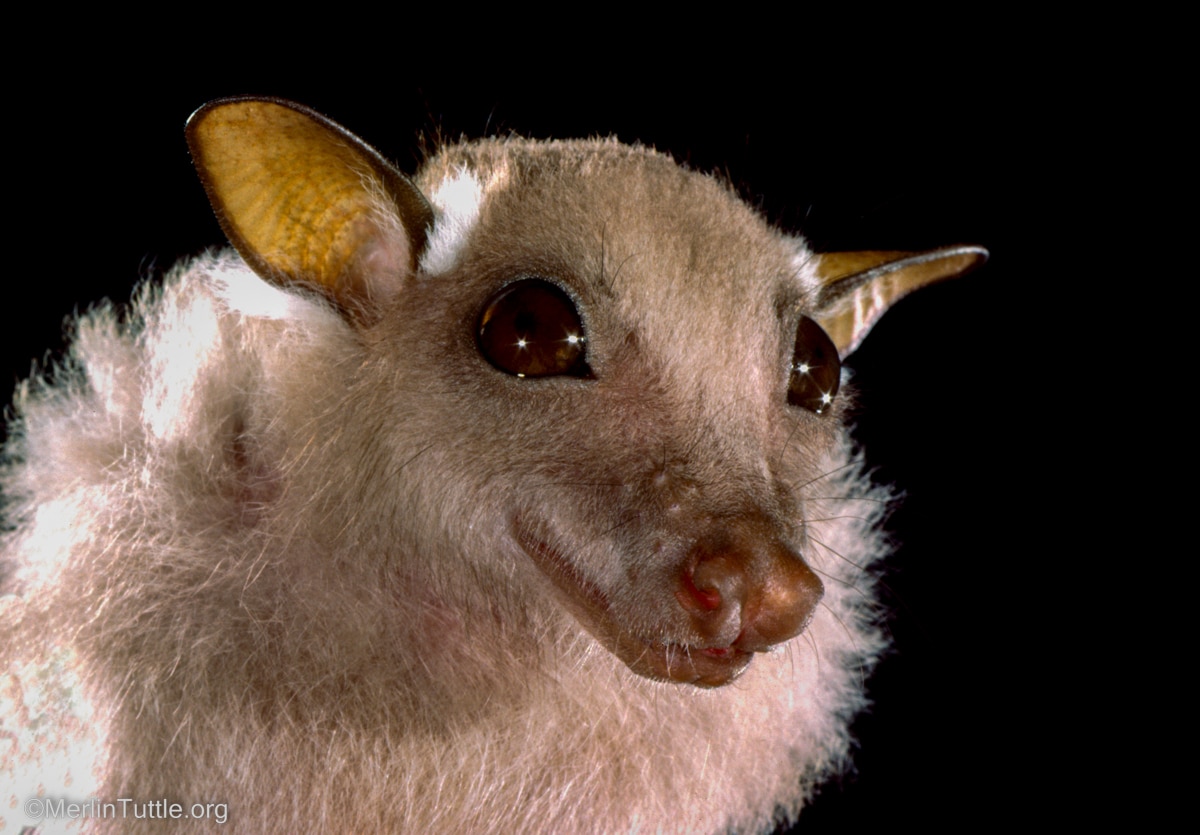
A minor epauletted fruit bat (Epomophorus labiatus minor) in Kenya.
His portraits show the sweet, gentle nature of bats.
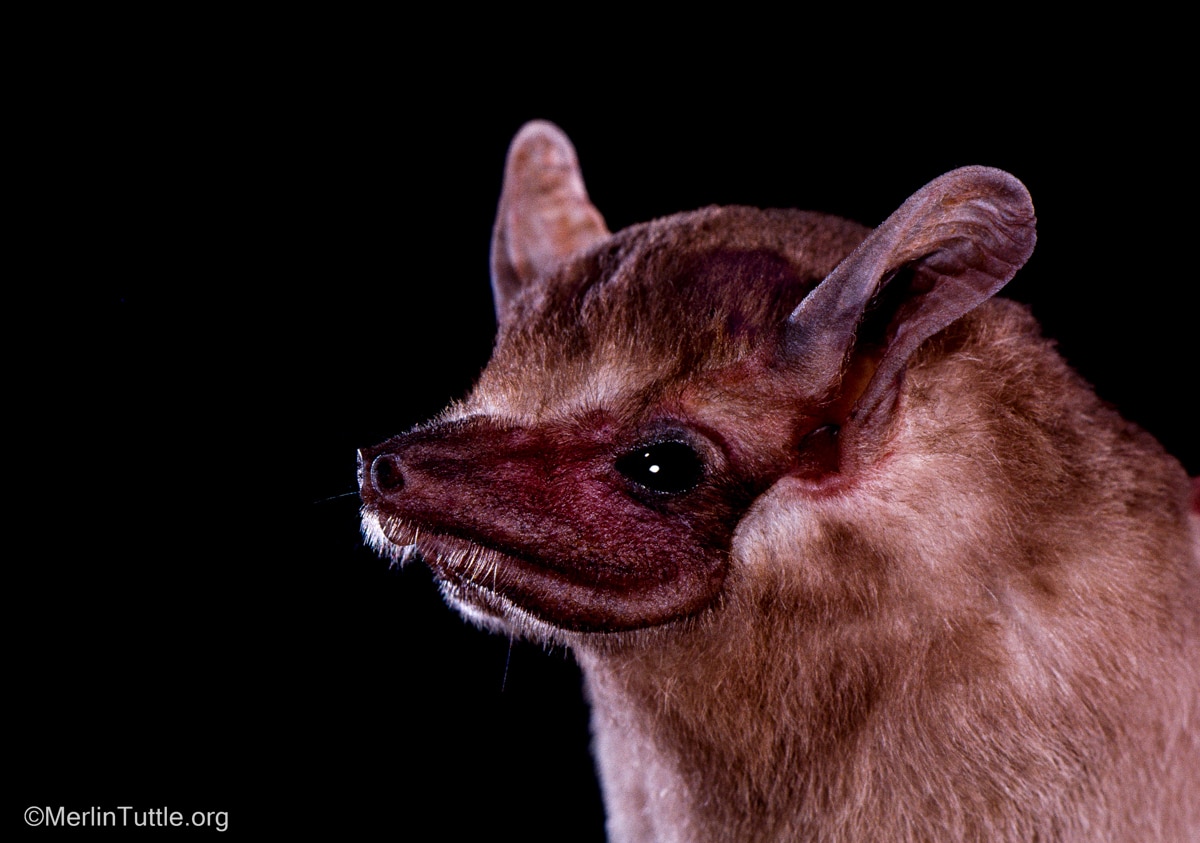
An African sheath-tailed bat (Coeura afra) from a cave on the Mombasa Coast of Kenya.
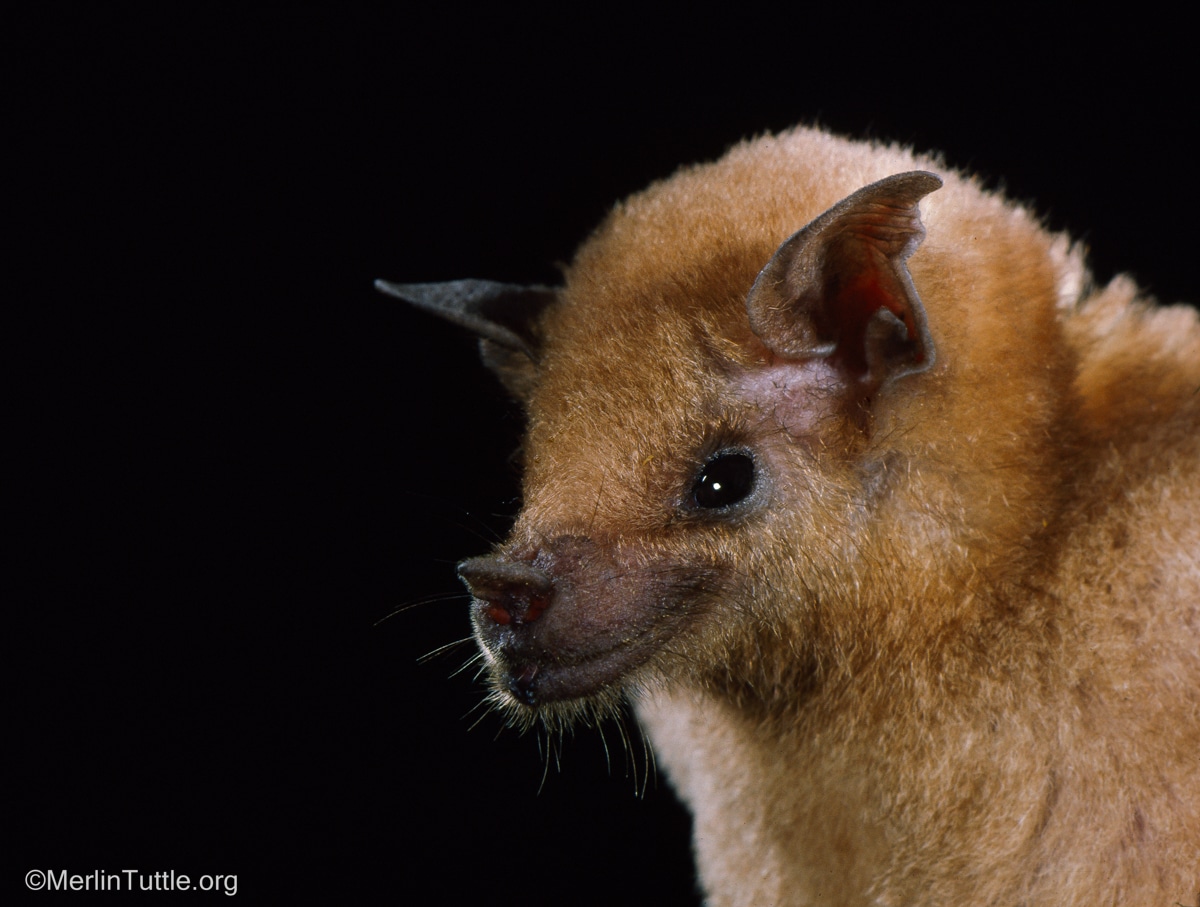
A lesser long-nosed bat (Leptonycteris yerbabuenae) in Mexico.
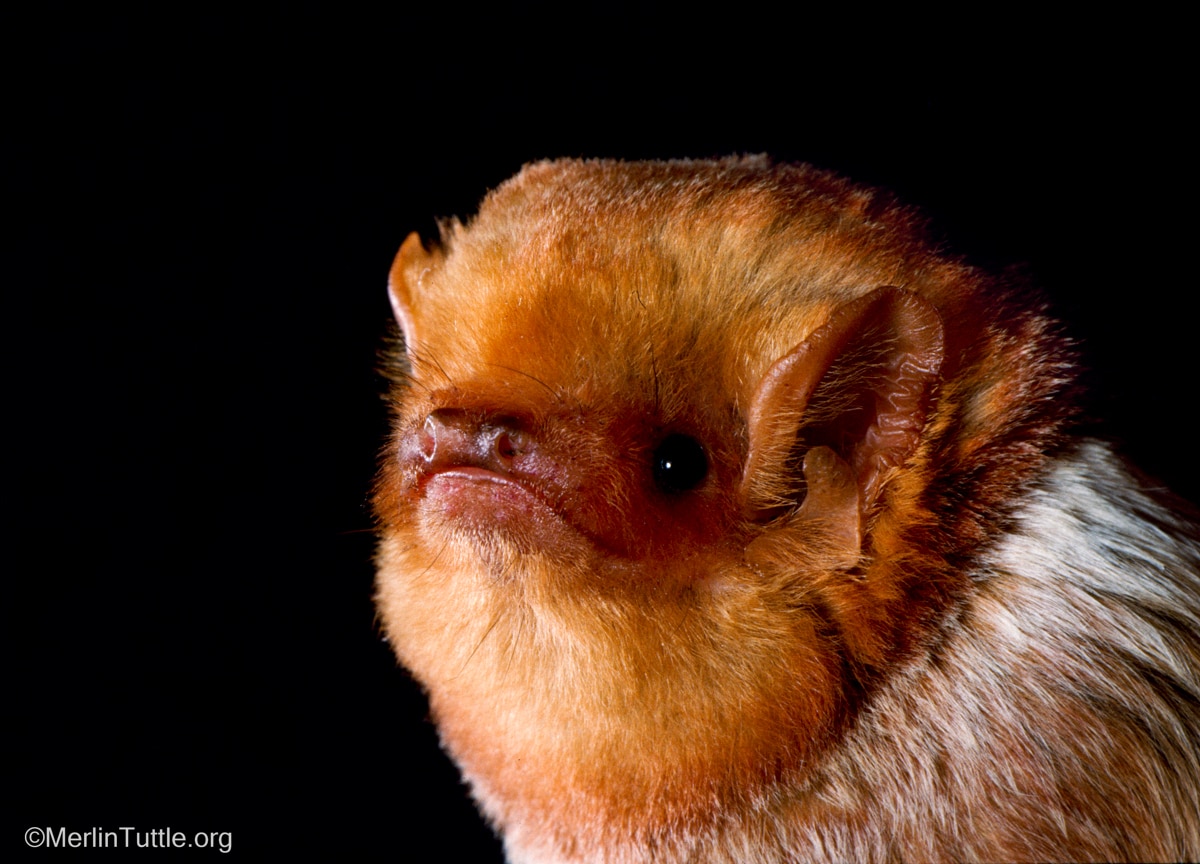
An adult male eastern red bat (Lasiurus borealis) in Florida.
And highlight the diversity across the more than 1,400 species of bats worldwide.

A spotted bat (Euderma maculatum) in Utah.
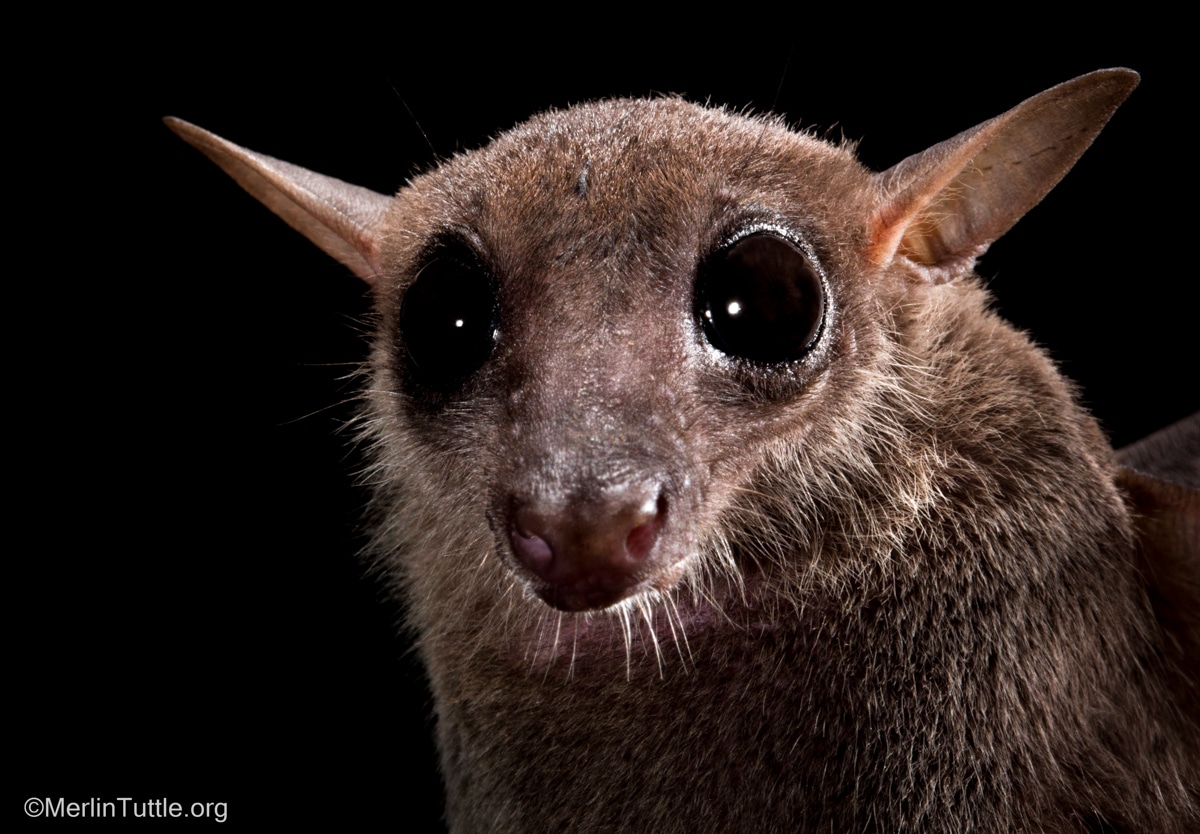
Cave nectar bats (Eonycteris spelaea) are found throughout most of Southeast Asia where they are extraordinarily important pollinators of ecologically and economically important trees, including durian, petai, wild banana and mangroves. They live in cave entrances where they form large, conspicuous colonies. In the past their colonies sometimes included up to a million or more individuals, but except where protected, their numbers have declined alarmingly.

Tomes’s sword-nosed bat (Lonchorhina aurita) from French Guiana.
Learn more about what you can do the help bats, who are vital to our ecosystem.
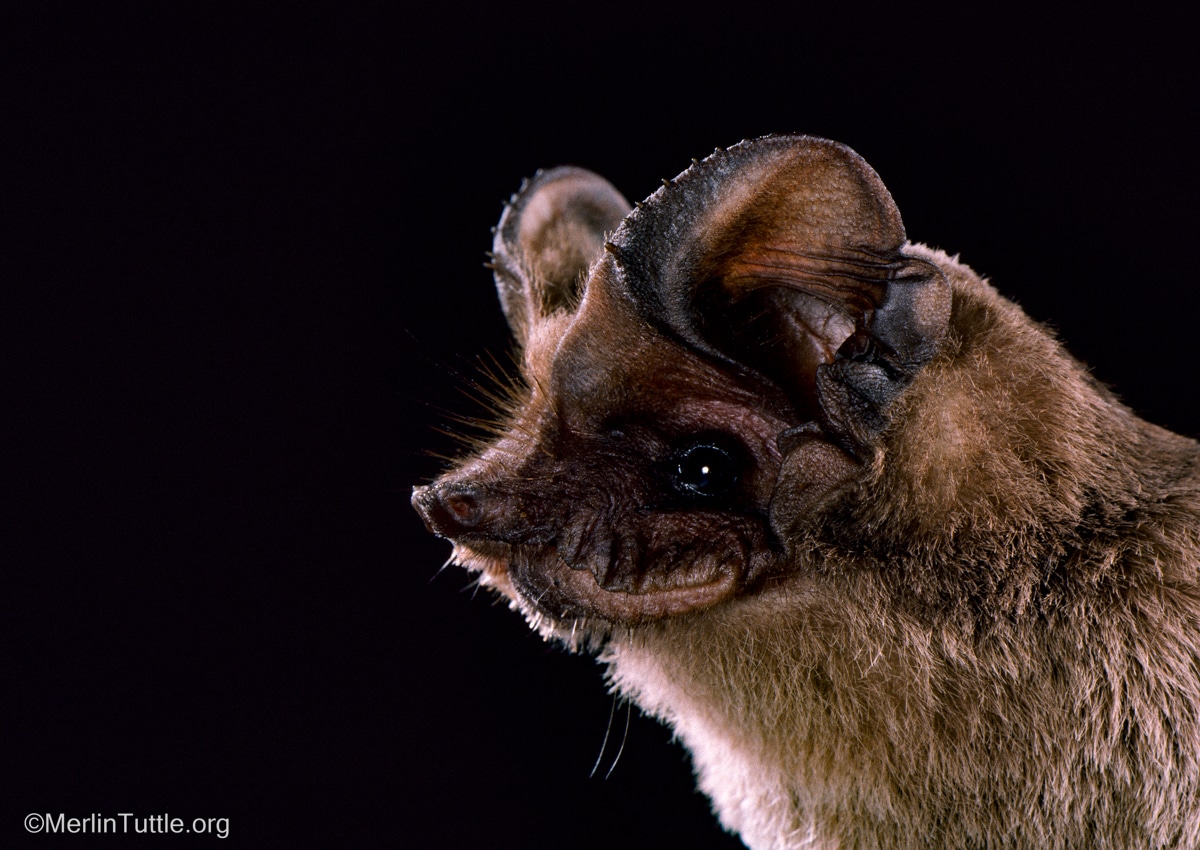
Brazilian free-tailed bat (Tadarida brasiliensis) in Texas.
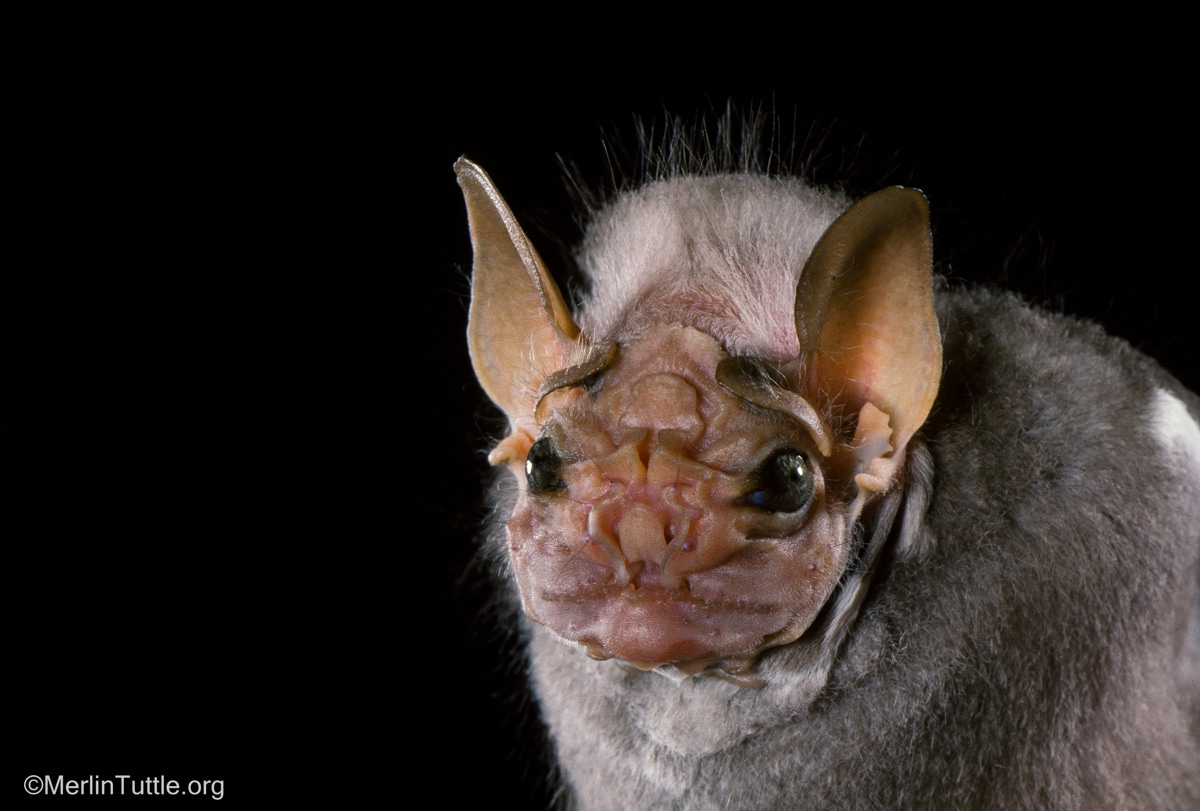
A male wrinkle-faced bat (Centurio senex) from Belize. No one has any idea why these bats faces are so strange. The species is probably not rare, but it is seldom caught by biologists studying bats.
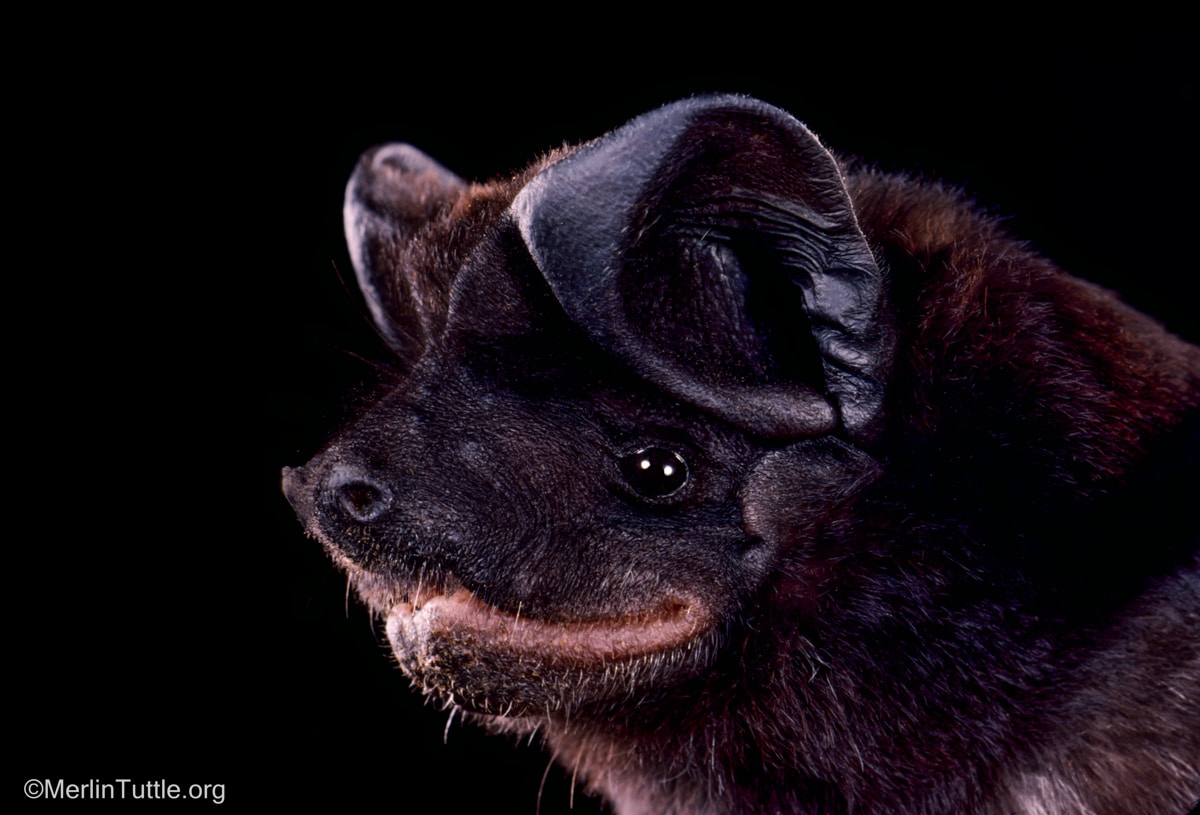
A black bonneted bat (Eumops auripendulus) from French Guiana.
